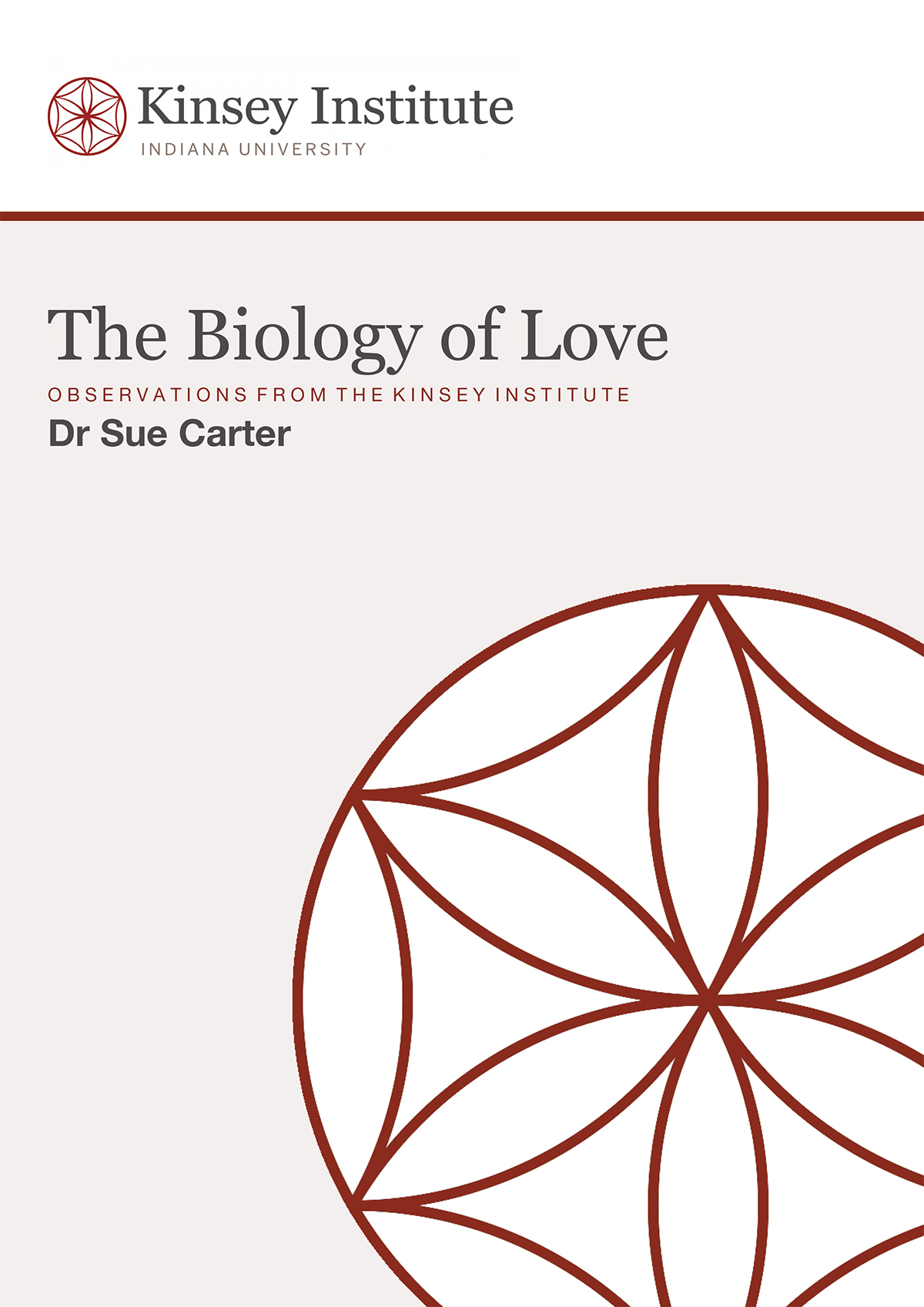Here, Dr Sue Carter brings us a collection of observations from the Kinsey Institute to illustrate the biology of Love
Have you ever Googled how ‘love’ works? If you ever questioned the concoction of biology, good luck and humanity that create and sustain relationships of love, then you are in the right place.
We have the answers from one of the world’s experts on the biology of love.
Dr Sue Carter is a career biologist, who has studied the endocrinology of love and social bonds for over three decades. She pioneered the understanding of relationships through her work with prairie voles, becoming the first person to detect and define the physiology of monogamy.
It was in the 1980s, working at the University of Illinois, that Sue Carter and Lowell Getz found that prairie voles could form life-long pair bonds. The social bonds and high levels of oxytocin in these creatures were the beginning of their further understanding of the neurobiology of ‘love’: something Dr Carter describes as “intrinsically beautiful” but “complex and mysterious”. What were their exact findings?
Dr Carter further discusses the biological dynamics between mother and child, explaining the intricacies of birth, whilst also questioning why this act is essential. Did you know that oxytocin can be transmitted through mother’s milk? Contrary to public opinion, the oxytocin does not disappear as ephemerally as a feeling, it continues to impact a child with long-term effects on brain maturation. What kind of change does that mean for a child?
Her groundbreaking prairie vole research is also discussed in detail, alongside her assessment of peptide pathways in the situation of human evolution.
To access a rich body of knowledge on the neurobiology, meaning and socio-cultural inflections of ‘love’ from a scientifically accurate source, please read more about it here.


